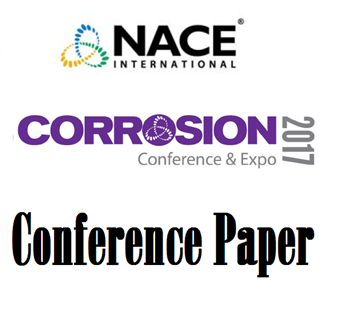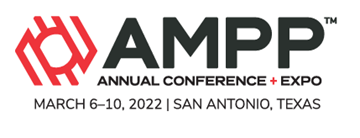Search
Individual Conference Papers
View as
Sort by
Display
per page
Development of A Combined Corrosion and Scale Inhibitor for Subsea Multiphase Oil Field in Brazil
Product Number:
51323-18810-SG
Publication Date:
2023
$20.00
Development of a concentrated corrosion inhibitor compatible with produced water brine and scale inhibitor
Product Number:
51320-14668-SG
Publication Date:
2020
$20.00
Development of a Corrosion Control Program for Liquid Radioactive Wastes Stored in Carbon Steel Waste
Product Number:
51317--9688-SG
ISBN:
9688 2017 CP
Publication Date:
2017
$20.00
Development of a Corrosion Inhibitor Formulation for Acid Cleaning of Geothermal Wells
Product Number:
51319-13376-SG
Publication Date:
2019
$20.00
Development Of A F22 Compatible Scale Inhibitor
Product Number:
51322-17610-SG
Publication Date:
2022
$20.00
Development of a Gas-Phase Corrosion Inhibitor for Wet-Gas Carbon Dioxide Corrosion at 200°C
Product Number:
51323-18829-SG
Publication Date:
2023
$20.00
Development of a Low-Power Wireless Sensor Network of Conductivity Probes for the Detection of Corrosive Fluids in Pipelines
Product Number:
51320-14502-SG
Publication Date:
2020
$20.00
Development of a Master Curve to Characterize the Susceptibility of Fastener Materials to Hydrogen Embrittlement
Product Number:
51324-20813-SG
Publication Date:
2024
$40.00
Development of a New CRA Grade for High Pressure High Temperature Application
Product Number:
51319-12782-SG
Publication Date:
2019
$20.00
Development of a new high interstitial non-magnetic stainless steel for oil and gas applications
Product Number:
51320-14552-SG
Publication Date:
2020
$20.00
Development Of A New Top-Of-Line Corrosion Model For Sweet Wet Gas Pipelines
Product Number:
51321-16812-SG
Publication Date:
2021
$20.00
Development of a New Vapor Phase Corrosion Inhibitor for Steam Generating and Boilers
Product Number:
51319-12773-SG
Publication Date:
2019
$20.00












